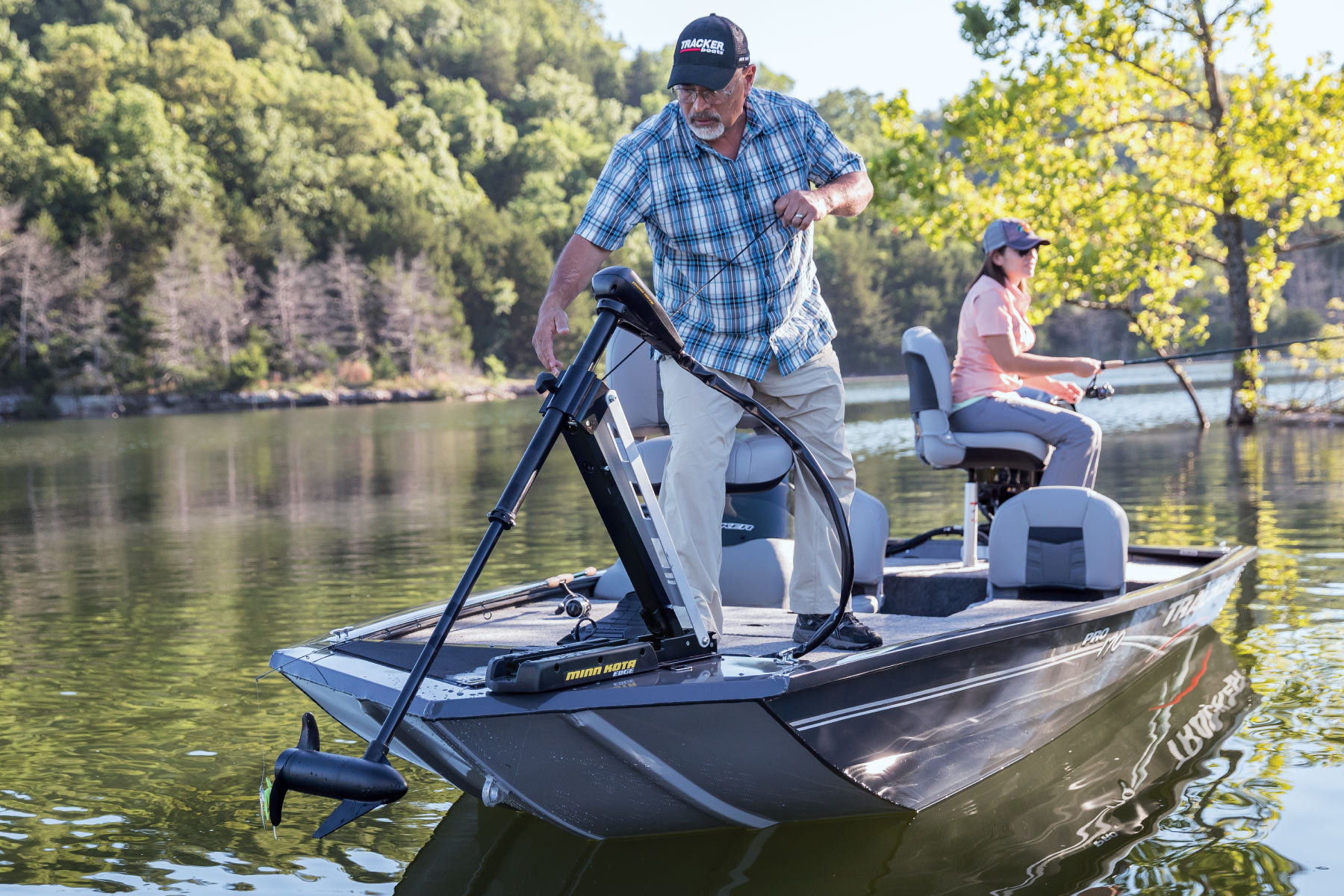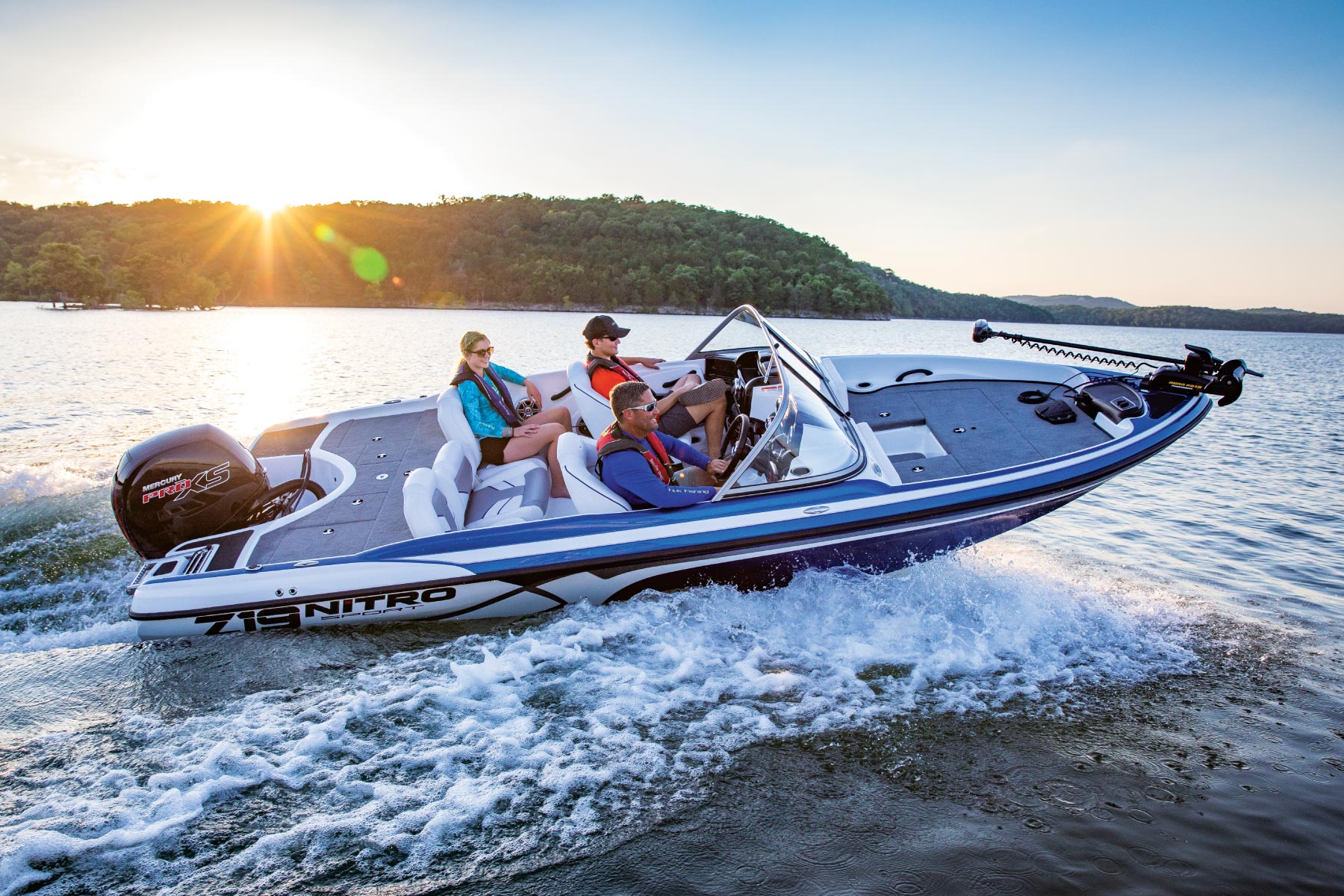You fill up your vehicle at the gas pump with ethanol-blended fuel and don’t think twice about it. But what about putting ethanol in the fuel tank of your boat? Is it good or bad?
The short answer depends on which ethanol you use. Ethanol is currently available in two types—E10 and E15 (also known as E85). The latter fuel should never be used with marine engines. So, the first bit of advice is to read the pump label before filling.
More than 90 percent of boaters fill up on land at convenience stores and fuel stations, so ethanol cannot be all bad. It’s been around more than a decade and was already widely used in Brazil and Europe. The marine industry reacted soon enough after it was introduced to take protective precautions in the design of motors.
The bottom line is ethanol is here to stay. Even so, there are precautions that you must take in order to prevent damage to your boat’s power source.
This article will educate you about ethanol and cover what it is, how it functions in marine engines and what you can do to further protect your investment.
Much of our information comes from a comprehensive study conducted by Mercury Marine, the world’s largest manufacturer of marine engines. Mercury conducted the study, in collaboration with the National Marine Manufacturers Association (NMMA), in an unbiased review that actually debunked some of its own myths about ethanol.
Ethanol for fuel is highly refined beverage (grain) alcohol at approximately 200 proof, which can be produced from natural products such as corn, sugar cane and wheat. Ethanol used for fuel has been “denatured,” or rendered unsafe to drink by the addition of a hydrocarbon (gasoline). The ethanol-blended fuel E-10 refers to fuel that contains 10 percent ethanol and 90 percent gasoline. Similarly, E-85 refers to fuel that contains 15 percent ethanol and 85 percent gasoline. E-85 is intended only for engines specially designed to accept high-ethanol content fuel blends, such as the Flexible Fuel Vehicles (FFV) made by some car companies.
In the U.S., ethanol is typically produced by removing the starch or sugar portion of corn and fermenting it. The fermented starch is then distilled into alcohol. Excess water is removed, resulting in very pure–200 proof–ethyl alcohol (ethanol). In some parts of the world, ethanol is made from a variety of raw materials. For example, sugar cane is used to produce ethanol in Brazil, while sugar beets and wheat straw are commonly used in Europe.
E15 (E85) is a mixture of 15% ethanol and 85% gasoline. The E15 fuel blend has been touted as a method of reducing both greenhouse gas emissions and the United States’ dependence on foreign oil, and the Environmental Protection Agency has asserted that virtually all vehicles built in 2001 or later can safely run on E15—the key word there is vehicles. As already noted above, E15 is only safe for running in engines specially designed for it. The NMMA and marine engine manufacturers strongly discourage its use.
Yes. Too much ethanol is fairly corrosive to rubber and certain metals, so it can cause damage to vital components like fuel lines and tanks. Ethanol also attracts and bonds with water from the air, and that water can separate out inside the tank due to phase separation. If your boat sits for long periods between use, the moisture settles to the bottom of the tank and can potentially clog in-tank pumps and filters. Damage is also possible in fuel lines, injectors, seals, gaskets and valve seats, as well as carburetors on older engines.
Ethanol has different solvency behaviors than does gasoline, which allows it to loosen rust and debris that might lay undisturbed in fuel systems. And it can more readily remove plasticizers and resins from certain plastic materials that might not be affected by gasoline alone. Loose debris will plug filters and can interfere with engine operation. Additionally, ethanol is corrosive to some metals, especially in combination with water. Although gasoline does not conduct electricity well, ethanol has an appreciable capability to conduct electricity and therefore can promote galvanic corrosion.
No, as long as you use fuels with no more than 10% ethanol. The reason is that newer boats and motors are designed to safely and efficiently run on that mixture of ethanol. However, there are precautions you must take. Read on for more about those.
Fiberglass tanks manufactured prior to 1991 may not be compatible with gasoline containing ethanol. It has been reported that, in the presence of ethanol, some resins may be drawn out of fiberglass and carried into the engine where severe damage could occur. If an older fiberglass tank is used, check with the manufacturer to determine if gasoline with ethanol can be safely used.
That’s a good question and a major sticking point in regard to ethanol in marine engines. If significant amounts of water are present in a fuel tank with gasoline that contains ethanol, the water will be drawn into the fuel until the saturation point is reached for the three-component mixture of water + gasoline + ethanol. Beyond this level of water, phase separation could cause most of the ethanol and water to separate from the bulk fuel and drop to the bottom of the tank, leaving gasoline with a significantly reduced level of ethanol in the upper phase. If the lower phase of water and ethanol is large enough to reach the fuel inlet, it could be pumped directly to the engine and cause significant problems. If phase separation has occurred, it is necessary to completely remove all free water from the system and replace the fuel before continuing operation. Otherwise, engine problems could occur.
According to Mercury, there are no additives that can make stale or phase-separated gasoline usable. Those experts suggest keeping the tank filled to prevent condensation, or, in the off season, completely empty.
Remove all the fuel from the tank. A partially full tank is not recommended because the void space above the fuel allows air movement that can bring in water through condensation as the temperature cycles up and down.


